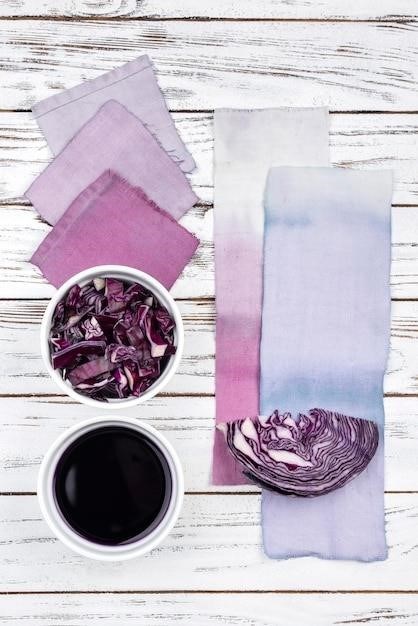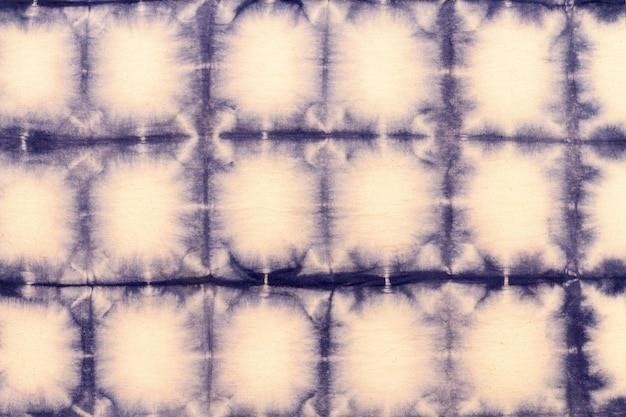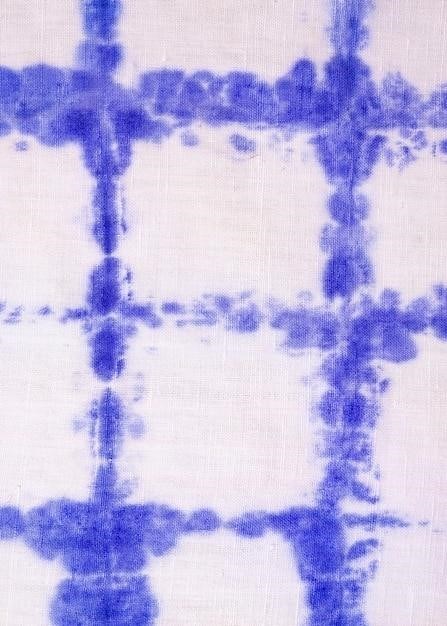
shibori folding techniques pdf
Shibori Folding Techniques⁚ A Comprehensive Guide
This guide explores various shibori folding techniques, from basic folds to advanced methods, providing a comprehensive overview of this resist-dyeing process. Discover how different folds create unique patterns and textures in fabric. Learn to master fundamental techniques and achieve complex designs. Explore the history and artistry of this ancient Japanese textile tradition.
Shibori, a Japanese word meaning “to wring, squeeze, or press,” is an ancient resist-dyeing technique that produces exquisitely patterned fabrics. Its origins trace back centuries, with evidence suggesting its practice in Japan as early as the 8th century. Initially employed for practical purposes, such as creating durable and water-resistant fabrics for clothing and household items, shibori quickly evolved into a sophisticated art form. The intricate patterns achieved through meticulous folding, twisting, stitching, and binding techniques became highly valued, symbolizing status and artistry.
Over time, various shibori methods emerged across different regions of Japan, each with its unique characteristics and patterns. These techniques were often passed down through generations within families, contributing to the rich diversity of shibori designs we see today. The enduring appeal of shibori lies not only in its aesthetic beauty but also in its ability to transform simple fabric into unique works of art, each imbued with the artisan’s skill and creativity. From simple geometric patterns to complex, flowing designs, the possibilities are endless.
Basic Shibori Folds⁚ The Foundation of Pattern Creation
Mastering basic shibori folds is crucial for creating a wide range of patterns. The simplest technique involves the “big fold,” where fabric is folded in half repeatedly to create parallel lines or stripes; Variations include adjusting the fold width for broader or narrower stripes, and experimenting with the number of folds to achieve different densities. Another fundamental fold is the “accordion fold,” where fabric is folded back and forth like an accordion, creating pleats of uniform width. This technique is ideal for generating crisp, geometric designs.
Beyond these foundational folds, the “spiral fold” offers a pathway to more organic and flowing patterns. By tightly twisting fabric into a spiral before binding, you create a unique vortex-like effect that yields stunning, unpredictable results. These basic folds, though simple in their execution, serve as the building blocks for more complex shibori techniques; Understanding how these fundamental folds behave with dye lays the groundwork for creative exploration of more intricate patterns. Experimentation with these folds and their variations is key to understanding the nuances of shibori.
Advanced Shibori Folding Techniques⁚ Achieving Complex Designs
Once you’ve mastered basic folds, explore advanced techniques to create intricate and visually stunning designs. “Itajime shibori” involves clamping fabric between shaped pieces of wood, resulting in geometric patterns defined by the wood’s edges. Experiment with different wood shapes to generate unique designs – from sharp angles to soft curves. “Kumo shibori,” or cloud shibori, uses a unique twisting and binding method to achieve a marbled, cloud-like effect. Precise control over the twisting and binding is crucial for achieving consistent results.
The “kanoko shibori” technique involves pinching and stitching the fabric to create small, round dots, resembling a speckled pattern. This meticulous technique requires patience and precision, but the results are incredibly rewarding. These advanced techniques often combine multiple folding methods, requiring a strong understanding of how folds interact and influence the final dyed pattern. With practice, you’ll develop a strong intuition for manipulating the fabric to achieve the desired outcome. The possibilities are truly limitless, allowing for unique artistic expression;

Exploring Different Shibori Folding Methods
This section delves into various shibori folding methods, showcasing diverse techniques and their resulting patterns. From simple accordion folds to complex spirals, each method offers unique design possibilities. Discover the artistry and creativity behind these age-old techniques.
Accordion Folds and Variations
The accordion fold, a foundational shibori technique, involves repeatedly folding fabric back and forth like an accordion. This creates uniform pleats, resulting in striped or linear patterns after dyeing. The tightness of the folds influences the dye’s penetration, leading to variations in color intensity. Experiment with different widths of folds to achieve varying stripe thicknesses. Consider incorporating variations like asymmetrical accordion folds or using multiple folds to create more intricate patterns. These variations allow for creative exploration and unique designs. You can also combine accordion folds with other techniques such as twisting or binding for more complex results; The possibilities are endless! Remember the tighter the fold, the more resist you create, which impacts the final dyed pattern. Consider pre-wetting your fabric for even dye absorption. Practice different fold widths and observe how they influence the final design. Document your experiments to track your progress and refine your skills. Enjoy the creative process of exploring the nuances of this versatile technique.
Spiral and Twisting Techniques
Spiral and twisting techniques in shibori create dynamic, swirling patterns. To achieve a spiral, tightly roll fabric around a central point, securing it with string or rubber bands. The tighter the roll, the more defined the spiral will be. Experiment with different widths of fabric rolls to create varying spiral sizes and densities. Twisting involves repeatedly twisting sections of fabric before securing them, resulting in irregular, organic patterns. Combine twisting with other techniques like pinching or folding to add complexity. The number of twists and the tightness of the bindings directly affect the final design. Remember to secure the twisted sections firmly to prevent unraveling during the dyeing process. Pre-wetting your fabric before twisting can improve dye penetration. Explore variations by twisting different sections of the fabric at different angles and tensions. The resulting patterns are unpredictable and often visually striking, adding an element of surprise to your shibori creations. Document your experiments to track your results and improve your technique over time.
Pleating and Pinching Methods
Pleating and pinching techniques offer diverse approaches to shibori pattern creation. Pleating involves creating even, regularly spaced folds, often achieved using a ruler or bone folder for precision. These precise folds, secured with clamps or stitches, result in geometric patterns when dyed. Variations include box pleats, knife pleats, and sunburst pleats, each yielding distinct visual effects. Pinching, on the other hand, involves randomly gathering and pinching the fabric, creating more organic, irregular patterns. This method often involves securing the pinched areas with rubber bands or string. The degree of pinching and the placement of the bindings significantly affect the final design. Combining pleating and pinching introduces further complexity and allows for a blend of structured and freeform elements. Experiment with different pleating and pinching techniques to create unique and layered patterns. The density of the folds or pinches influences the amount of dye penetration, impacting the final outcome. Remember that even seemingly simple techniques can yield unexpected and beautiful results when explored creatively.

Applying Shibori Folding Techniques
This section details the practical application of shibori folding techniques, from fabric preparation and dyeing processes to the final finishing and aftercare of your dyed fabric.
Preparing Fabric for Shibori Dyeing
Before embarking on the captivating world of Shibori dyeing, meticulous fabric preparation is paramount. Begin by selecting a suitable natural fiber like cotton, silk, or linen, as these materials readily absorb dyes. Pre-washing the fabric is crucial to remove any sizing or finishes that might hinder dye absorption. This step ensures even color penetration and prevents any unwanted dye repellency. Thoroughly rinse the fabric after washing and allow it to dry completely before proceeding. Next, consider the desired size and shape of your final piece. Accurately measure and cut the fabric to your specifications, ensuring clean, precise edges to facilitate flawless folding. Finally, lightly dampen the fabric. This aids in the manipulation and folding processes, allowing for smoother folds and preventing creases or breaks in the fibers during the dyeing process. Proper preparation ensures the success of your Shibori project, resulting in vibrant and evenly dyed fabrics.
Dyeing Processes and Techniques
Once your fabric is meticulously prepared and folded using your chosen Shibori technique, the dyeing process begins. The most common dye for Shibori is indigo, known for its rich, deep blue hues. However, other natural or synthetic dyes can be used to achieve a spectrum of colors. Before submerging your folded fabric, ensure your dye bath is properly prepared according to the dye manufacturer’s instructions. The temperature and concentration of the dye bath significantly affect the final color intensity. Submerge the folded fabric completely, ensuring all areas are saturated. Allow the fabric to remain in the dye bath for the recommended time, which will vary depending on the dye and desired color depth. Periodically check the fabric’s color, gently agitating the fabric to ensure even dyeing. After dyeing, carefully remove the fabric from the dye bath and rinse it thoroughly under cool, running water until the water runs clear. Finally, unbind or unfold your fabric, revealing the beautiful patterns created by your Shibori folding technique. The result is a unique, hand-dyed textile.
Finishing and Aftercare of Shibori Fabric
After the dyeing process and rinsing, the Shibori fabric requires careful handling to preserve its unique patterns and vibrancy. Gently squeeze out excess water, avoiding harsh twisting or wringing that could distort the delicate folds and designs; Then, lay the damp fabric flat on a clean, absorbent surface, such as a towel, to allow it to air dry completely. Avoid direct sunlight or high heat, as these can fade the colors. Once dry, the fabric may be ironed on a low setting, if necessary, to remove wrinkles. However, be mindful to iron on the reverse side of the fabric to prevent damaging the intricate dye patterns. For long-term preservation, store your Shibori fabric in a cool, dry place away from direct sunlight and moisture. To prevent fading or color transfer, avoid washing the fabric with other garments. When washing is necessary, hand-wash the fabric gently in cool water using a mild detergent, and air-dry flat. Proper care will extend the life and beauty of your Shibori creation.

